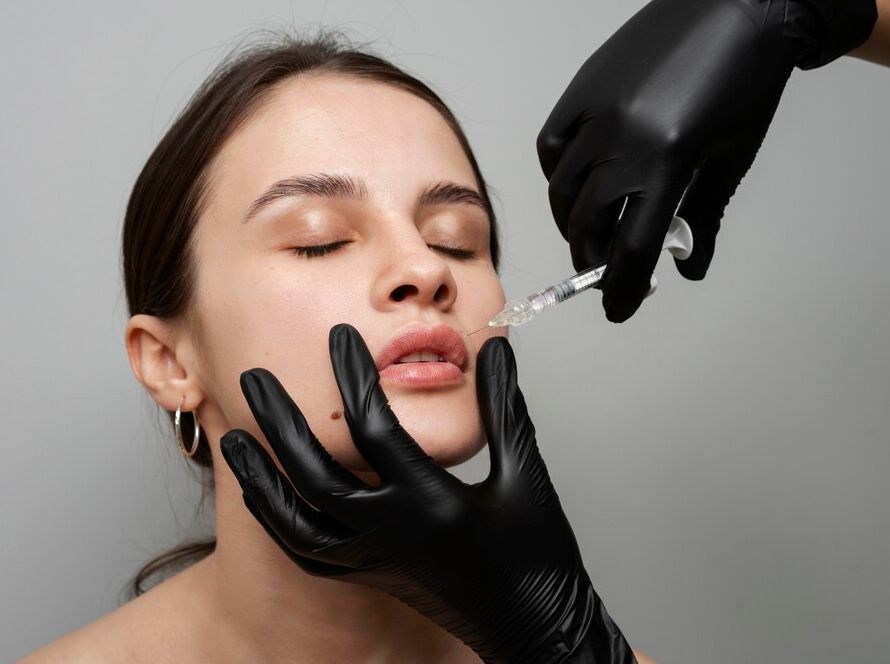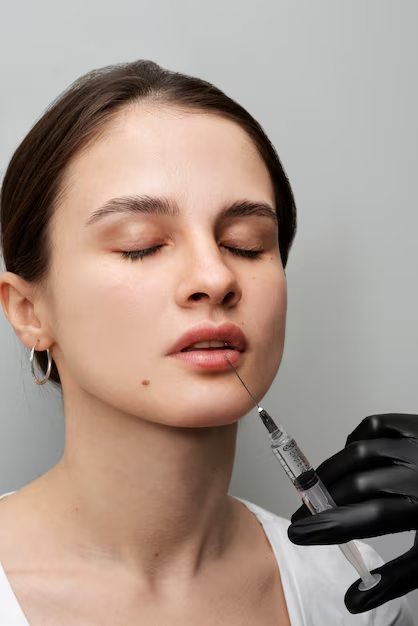Provide a detailed overview of what students can expect from a typical injector training course, from theory to hands-on practice.Embarking on your journey into the world of aesthetic medicine is an exciting step toward a rewarding career. Your first injector training course will lay the foundation for your success by equipping you with the knowledge and skills you need to perform cosmetic procedures safely and effectively. Whether you’re completely new to aesthetics or looking to expand your expertise, understanding what to expect during your training can help you make the most of the experience.
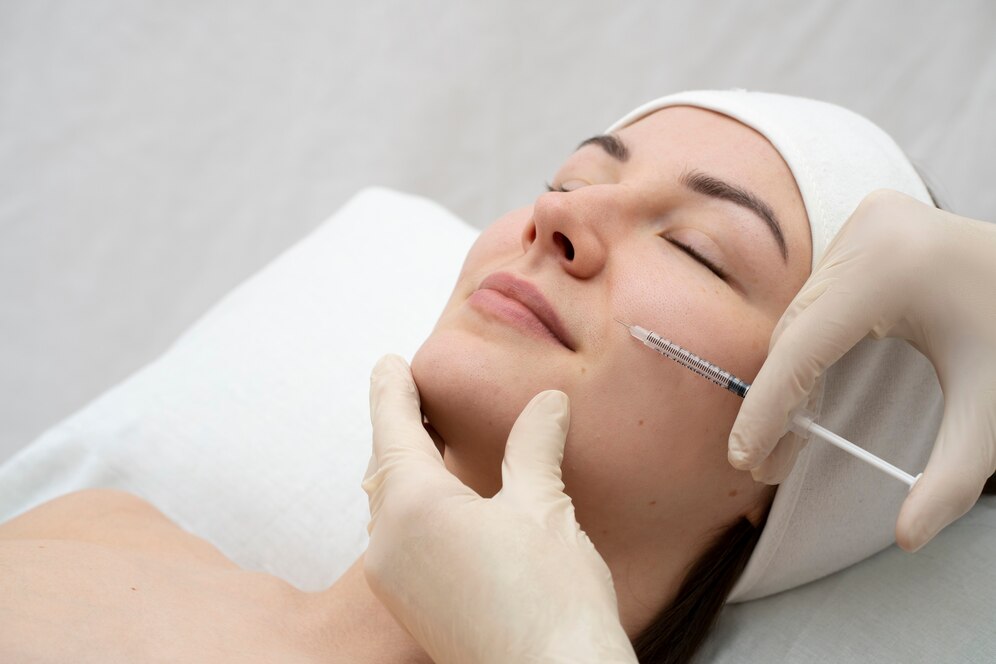
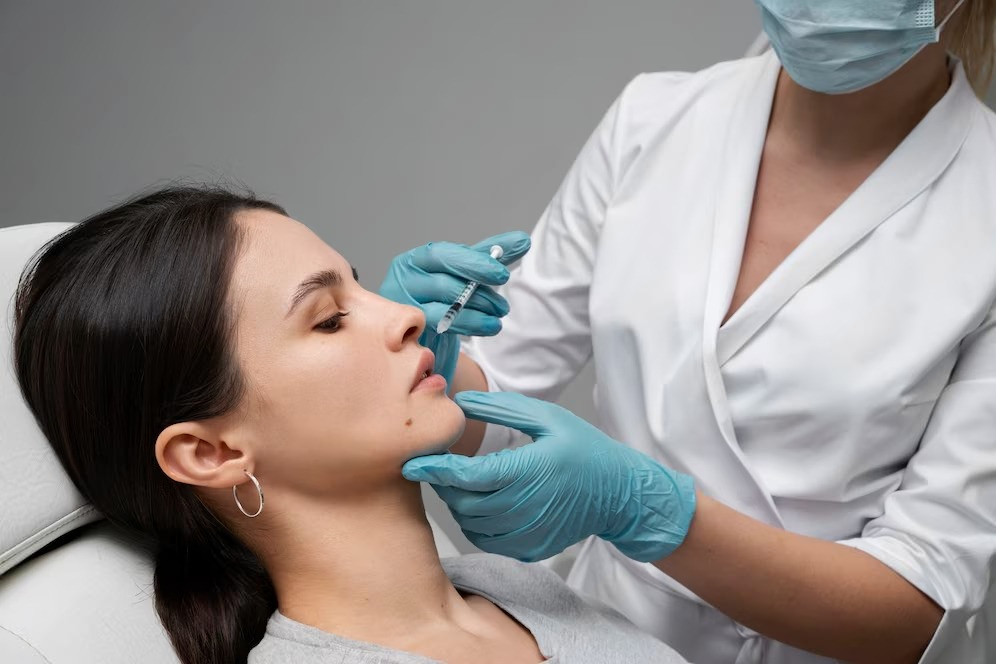
Comprehensive Theoretical Foundations
Every great injector starts with a solid understanding of the fundamentals. Your course will likely begin with detailed lessons on topics such as:
- Facial Anatomy: Learning about the muscles, nerves, and blood vessels that are critical to safe and effective injecting.
- Product Knowledge: Understanding the properties of dermal fillers, Botox, and other injectables, including their indications, contraindications, and appropriate applications.
- Patient Safety and Hygiene: Emphasis on aseptic techniques, managing complications, and adhering to ethical standards in aesthetic medicine.
This theoretical foundation ensures you have the essential knowledge to approach treatments with confidence and precision.
Guidance from Expert Instructors
One of the biggest benefits of attending a reputable training program is learning from seasoned professionals. Your instructors will guide you through every step of the process, sharing their expertise and insider tips to help you excel. They’ll also answer your questions, provide personalized feedback, and ensure you leave the course with a strong foundation to build upon.
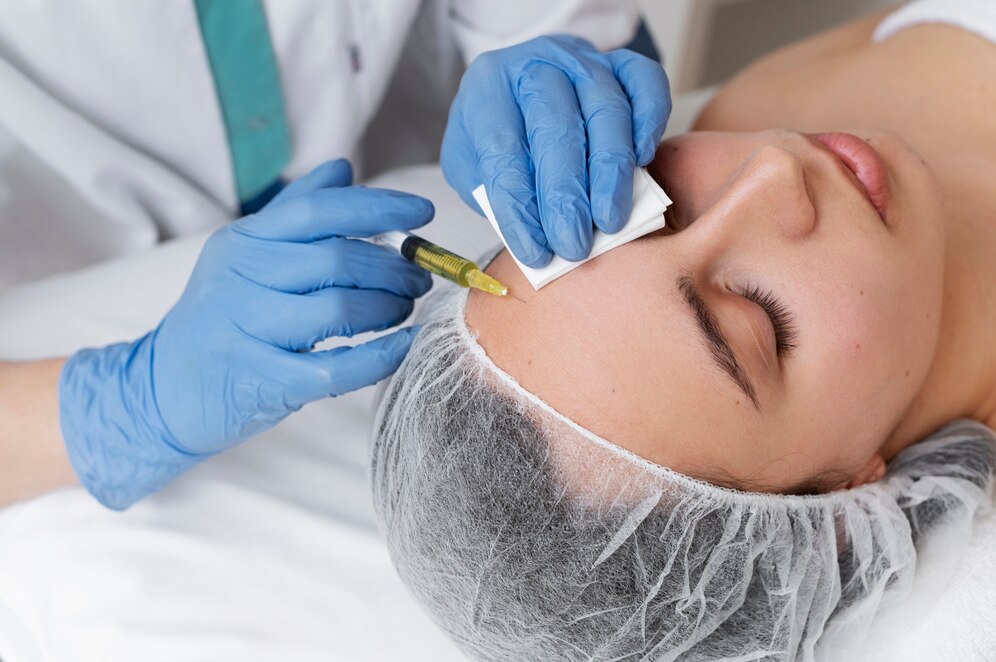
Focus on Patient Consultations and Communication
Success as an injector isn’t just about technical skill—it’s also about building trust and rapport with your patients. Your training course will likely include sessions on patient consultations, where you’ll learn how to:
- Assess patient needs and aesthetic goals.
- Set realistic expectations for results.
- Explain the procedure, risks, and aftercare requirements in a clear and professional manner.
Mastering patient communication is a key aspect of establishing a loyal client base and delivering exceptional care.


